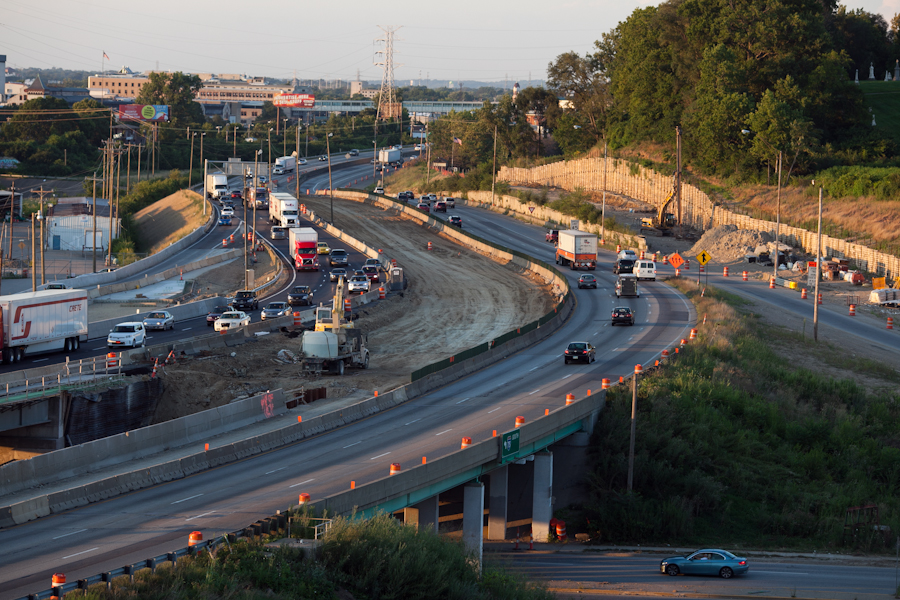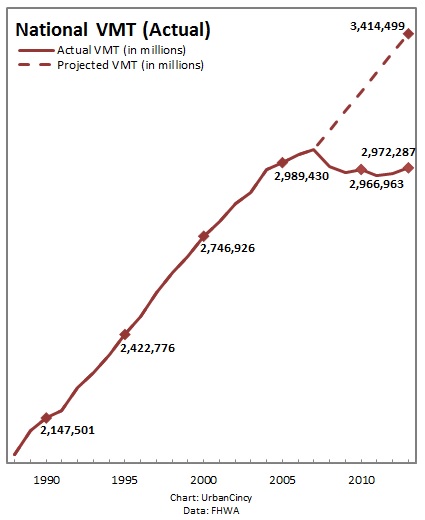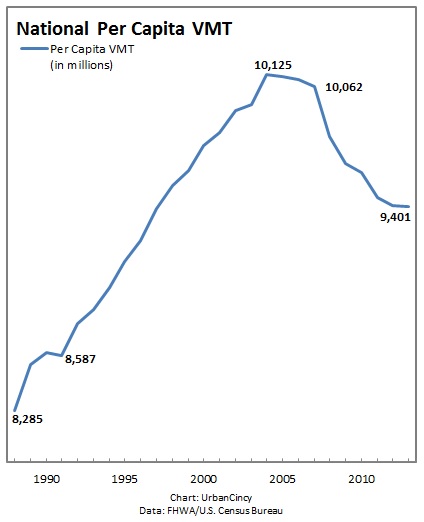Should a portion of gas tax revenues go towards transit?
According to a recent state-funded study, Ohio needs to double its investment in transit to keep up with the growing demand across the state. Even after an increase in funding for 2016, Ohio will only spend $8.3 million per year on transit–that’s less than 72 cents per resident, putting Ohio near the bottom of list compared to other states. One way to provide more funding would be to allocate a portion of the state’s gas tax revenue for transit projects.
In the state of Oregon, a proposal is being considered that would allow a portion of the state’s gas tax revenue to go towards bus, rail, bicycle, and pedestrian infrastructure that “reduces the traffic burden of, or pollution from, motor vehicles on public highways, roads and streets.” Currently, the state’s gas tax revenue can only be spent on highways and rest areas. The proposed resolution (SJR 16) would put the issue on the ballot for Oregon voters to decide in November 2016. More from Portland Transport:
SJR 16 would allow future legislation to assign a portion of motor vehicle taxes and fees for purposes such as rural bus service, safety and congestion relief projects that include transit, separated bicycle facilities such as the Sullivan’s Gulch trail, and local match for federal funds for non-highway transportation projects. Oregon received far less federal stimulus money to improve Amtrak service than did neighboring Washington because we did not have enough local match. Bridge and road tolls could be spent on transit, pedestrian, and bicycle facilities that provide alternatives to highway travel.
Non-highway alternatives may be cheaper, less polluting, or less damaging to the human or natural environment. These alternatives may also be desirable components of a new highway facility, allowing for a smaller, less-damaging structure that is more likely to win approval of nearby residents.


